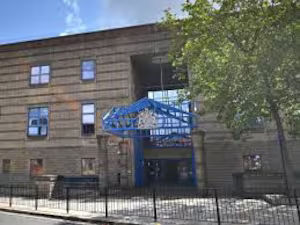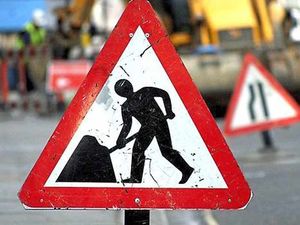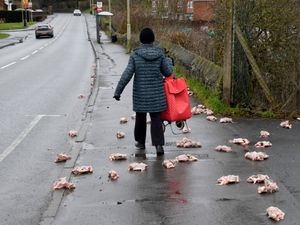Memories of a bygone era to go on display in Bantock House exhibition
One can only assume that Mr Wassell liked his tea. Or specifically his Liverpool tea, which he ordered in considerable quantities from John Barrington and Co at the Royal London Buildings in Wolverhampton.
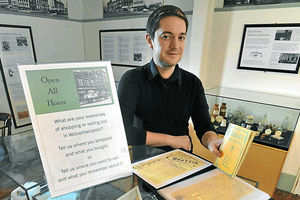
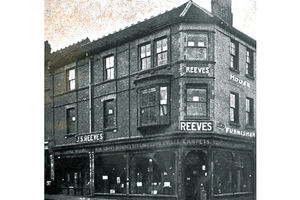
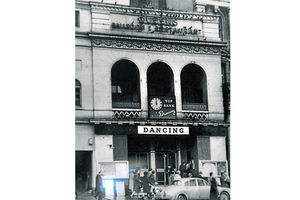
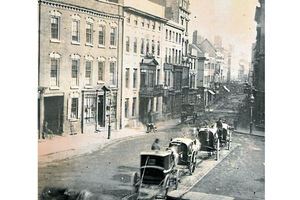
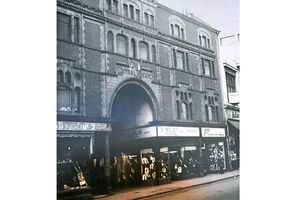

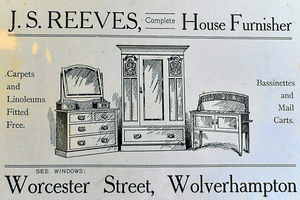
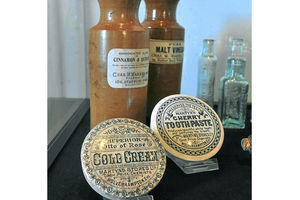
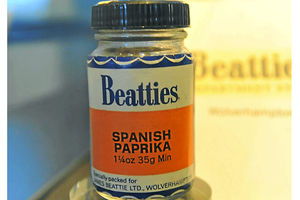
Because he bought 10 parcels of it during a visit to the store in 1935. And then he was back another three months later, to buy some more.
Quite why Mr Wassell, of Wallbrook Street, Coseley, bought quite so much tea is not explained, it may well have been that he was a trade customer. What is beyond doubt is the way little artefacts like this, and the nicely preserved orange tea caddy beneath it, bring back memories in the way no history book can.
The Open All Hours exhibition, which runs until the end of March, recalls the way people from Wolverhampton have done their shopping in the past, and how retail habits have changed over the years.
Central Wolverhampton is the focus of a display in an upstairs room at Bantock House Museum, while the city archives at the Molineux Hotel look at Bilston and Wednesfield.
"We had an older couple in here, and they told us how it brought back memories of going shopping for wedding presents when they were young," says Helen Steatham of Bantock House.
"The thing that strikes you is how many shops there used to be, there used to be lots of independent stores, whereas now you just see a few big national chains."
Helen says it has also brought back many personal memories of her own childhood, particularly regarding the old Central Arcade in Dudley Street, which was destroyed by fire in 1974.
"It was a beautiful Victorian arcade, and people have lots of memories about that, but I had completely forgotten that there used to be a restaurant there.
"I also remember going to Beatties when I was a little girl, and we had cucumber sandwiches with the crusts cut off. It was a proper posh eating experience."
Some of the exhibits, such as the Muldivo mechanical calculator which was once a common sight in many workplaces, will no doubt be familiar to many visitors. Others, such as a cherry toothpaste jar made by Wolverhampton-based Reade Bros, probably sometime around the late 19th century, tell us how previous generations would have lived.
Memories will also be stirred by the potted history of Reynolds Restaurant in Queen Square, which was opened by William Benjamin Reynolds in 1881, and remained one of Wolverhampton's most respected dining spots until it closed in 1966, not to mention becoming the first premises in the town to feature a ladies' toilet. William Reynolds died suddenly in 1899, suffering a seizure while working on an ice-cream making machine at the back of the shop.
Many people will remember George Luce who ran the restaurant from 1927 to 1963. The "Souvenir Wolverhampton and District 1912 Edition, distributed with the compliments of H W Bailey, Tailor" provides a fascinating snapshot into how people lived 100 years ago.
Extracts copied from the booklet show advertisements from many long-lost retailers, as well as photographs of premises which have long disappeared. One striking thing is the sheer number of successful independent retailers selling high value goods.
J S Reeves, for example, was "The Complete House Furnisher", for example, offering vast stocks of carpet and lino from its premises in Worcester Street. Walton Pianos sold instruments from its shop in Darlington Street, while James Langman was the jeweller trading from "The Gold House" in Dudley Street – named, perhaps, to the long-established Red House clothing shop in Victoria Street?
There is also an advertisement and photograph of Chas G Webster, a watchmaker, jeweller and silversmith in Lichfield Street, boasting of his "skilled hands for watch, clock and jewellery repairs."
Edwin Blakemore, a corn merchants trading from a small, single-storey building in Salop Street, is also featured.
While the exhibition focuses solely on Wolverhampton, it does represent a broad picture of how shopping has changed over the West Midlands since the 19th century, a story that applies equally to Dudley, West Bromwich, Walsall, or to some degree Stafford or Lichfield. It all begs the question of how our towns will look another 100 years from now, given the sea-change that is sweeping through our high streets at the moment.
Helen Steatham ponders the question.
"Who knows, with all the big chains disappearing, and people getting grants to start up new businesses? Perhaps it will all go back to the way it used to be. We just don't know."

